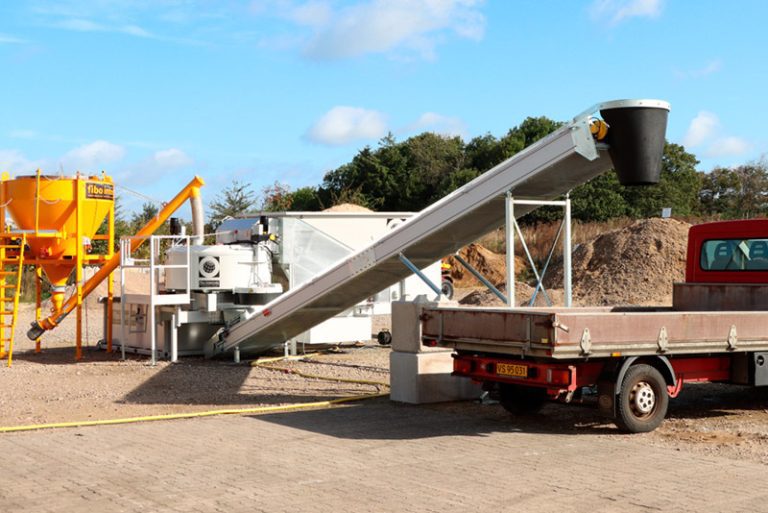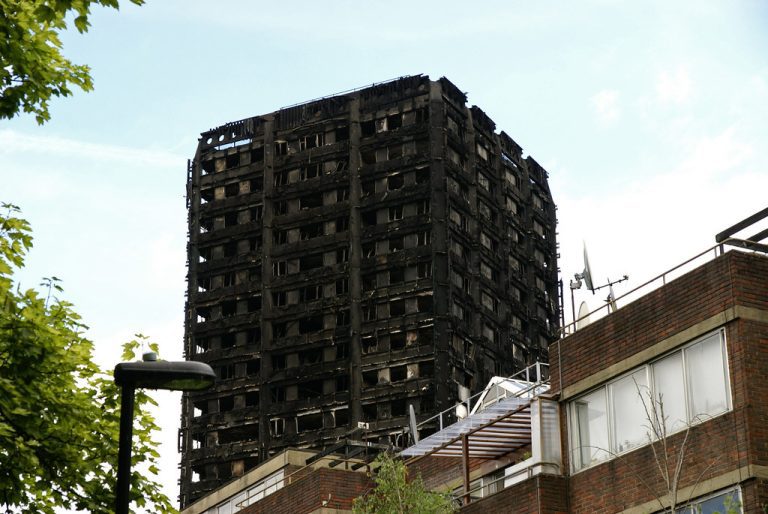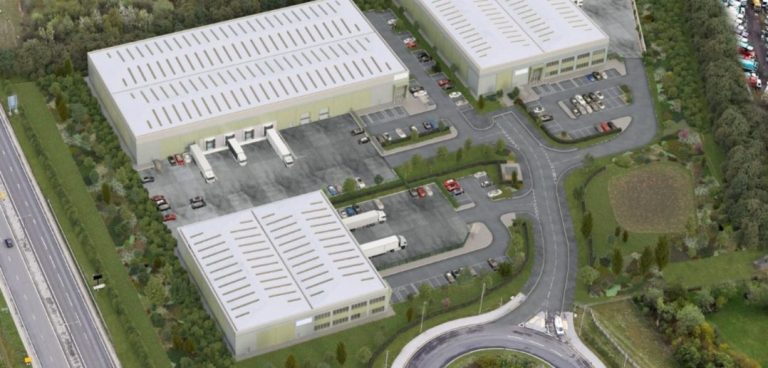You may have watched the horrors of the Grenfell Tower fire in 2017, and the court case which followed revealing years of poor accountability and neglect, and as a responsible infrastructure professional thought it had nothing to do with you. You may have read about the leasehold scandal and large-scale housebuilders trapping buyers into rising ground rents, fees, and ongoing maintenance costs, and as a responsible infrastructure professional thought it was nothing to do with you. The Government’s reaction to these events, which was five years in the making and finally achieved royal asset in April, was the drafting of the Building Safety Act, and the creation of a Building Safety Regulator, headed up by Peter Baker the Chief Inspector of Buildings at the Health and Safety Regulator. Ahead of his appointment Mr Baker warned that the public had “lost complete confidence in the construction industry’s ability to build safe and good-quality buildings. While the full impact of the Act and the creation of the Regulator will be felt over the coming months and years, there are some immediate changes that will come into force when the act is legally in effect in from October 2023 which infrastructure professionals need to pay attention to. The creation of the Building Safety Regulator in particular, sitting within the Health & Safety Executive, has huge connotations. The regulator will have three main functions; overseeing the safety and standards of all buildings, helping and encouraging the built environment industry and building control professionals to improve their competence, and leading the implementation of the new regulatory framework for high-rise buildings. The regulator is set to have a very active role in the approval of residential projects of more than 18 metres or seven storeys, and designs will have to be put before the regulator at various points throughout the process with the regulator having the power to hit the pause button should it believe safety isn’t at a good enough level. This isn’t the end for a project, but challenging a decision will involved a lengthy, and probably costly, appeal to the Secretary of State. Keeping a detailed digital audit trail will also become particularly important to parties involved in a project, if they’re named as the ‘accountable person’ on a scheme. This could be the asset owner, contractor, consultant or the architect, who will be responsible for maintaining a detailed record of their processes, and be able to justify how decisions were taken. Digital twins are the ultimate form of this audit trail. As my colleague Steve Cockerell, Industry Marketing Director, for Rail and Transit wrote earlier this year: “Cross River Rail’s CEO Graeme Newton expects that in comparison to the benefits digital twins provide, the cost of creating and maintaining them is insignificant, and that investment in digital twin technology will just become the norm. Newton believes future owner-operators will ask: ‘What have been the (data) inputs into all of these things? How are you maintaining the standard you said you would? How do we know that safety is paramount? The digital twin means it is forever captured and its forever represented and its forever traceable.’” As a result of the new Building Safety Regulations when it comes to the ongoing cladding remediation, the leaseholders will now be the very last in line expected to pay out to fix it, behind developers, cladding manufacturers, and then existing property owners. Any asset owners looking to increase rents in future years better be sure that everything about the building is in ship shape. The Act creates a legal requirement to give building safety information to your tenants alongside any rent demands, as well as involving tenants in any building safety decisions. Should anything go wrong and the asset manager has to pay for remediation or legal costs, these costs are not allowed to be passed back to tenants in the form of service charges. The time period for any defects is also extended from six years to 30 years, and covers refurbishments as well as new builds. It could be poor design, shoddy workmanship, or inappropriate materials, but if it has happened in the last 30 years and impacts the habitability of a property, the original developer or current asset manager is responsible for the cost. That means businesses could end up paying out for work it was involved in long before the current team was on the scene. For new-build projects, the claims period is 15 years. The requirement for robust information management in the built environment is nothing new says Nigel Eatough, Regional Director at Bentley Systems. Firms have been doing this for years to help defend against claims, but today’s open source Digital Twin technology makes it easier to connect all information together. Open data is fundamental given the time scales that information needs to be maintained, but so is an open mindset to take advantage of the insights digital twins will bring. The creation of the Act also brings with it a new wave of council building inspectors, as well as private sector building control inspectors, tasked with looking over work which relates to safety. While for many parts of the residential sector this increase in scrutiny is much-needed, and much-welcomed, added layers of analysis and bureaucracy may seem like an additional headache. However, those interested in making a lasting impact to an area rather than a quick buck, should have less to fear as long as they have a strong digital audit trail of the work they carried out and the materials used. If implemented properly, when the Act is fully in place by October 2023 the new rules and processes should ensure a higher standard of development which will positively impact contractors, consultants, asset owners and residents alike. By Mark Coates, International Director of Public Policy and Advocacy, Bentley Systems By Nigel Eatough, Regional Director, Northern Europe, Bentley Systems Building, Design & Construction Magazine | The Choice of Industry Professionals














